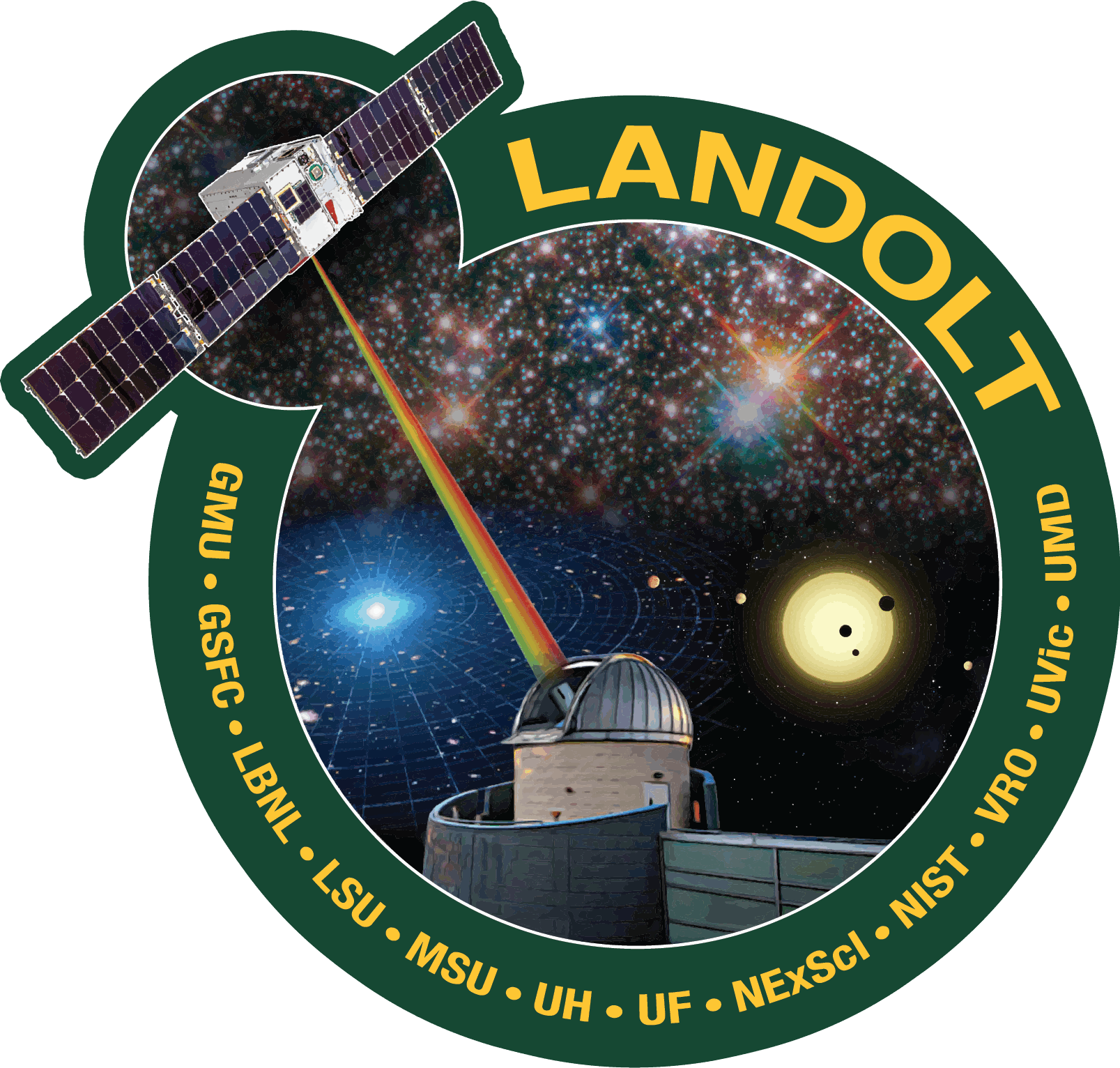A $20 million NASA mission aims to put a small satellite into space that will make it easier for scientists to calibrate telescopes and more accurately measure the brightness of stars.
- Scientists hope the enhanced measurements will help uncover secrets about dark energy, better determine the age of stars and assess the habitability of exoplanets.
- The satellite will have eight lasers shining down on Earth that won’t be detectable by the naked eye, but telescopes will be able to find them.
- The mission’s namesake, Arlo Landolt, is a renowned astronomer with roots in the Metro East.

